Cihat Keçeci
Federated Learning Based Distributed Localization of False Data Injection Attacks on Smart Grids
Jun 17, 2023Abstract:Data analysis and monitoring on smart grids are jeopardized by attacks on cyber-physical systems. False data injection attack (FDIA) is one of the classes of those attacks that target the smart measurement devices by injecting malicious data. The employment of machine learning techniques in the detection and localization of FDIA is proven to provide effective results. Training of such models requires centralized processing of sensitive user data that may not be plausible in a practical scenario. By employing federated learning for the detection of FDIA attacks, it is possible to train a model for the detection and localization of the attacks while preserving the privacy of sensitive user data. However, federated learning introduces new problems such as the personalization of the detectors in each node. In this paper, we propose a federated learning-based scheme combined with a hybrid deep neural network architecture that exploits the local correlations between the connected power buses by employing graph neural networks as well as the temporal patterns in the data by using LSTM layers. The proposed mechanism offers flexible and efficient training of an FDIA detector in a distributed setup while preserving the privacy of the clients. We validate the proposed architecture by extensive simulations on the IEEE 57, 118, and 300 bus systems and real electricity load data.
Multi-Task and Transfer Learning for Federated Learning Applications
Jul 17, 2022



Abstract:Federated learning enables many applications benefiting distributed and private datasets of a large number of potential data-holding clients. However, different clients usually have their own particular objectives in terms of the tasks to be learned from the data. So, supporting federated learning with meta-learning tools such as multi-task learning and transfer learning will help enlarge the set of potential applications of federated learning by letting clients of different but related tasks share task-agnostic models that can be then further updated and tailored by each individual client for its particular task. In a federated multi-task learning problem, the trained deep neural network model should be fine-tuned for the respective objective of each client while sharing some parameters for more generalizability. We propose to train a deep neural network model with more generalized layers closer to the input and more personalized layers to the output. We achieve that by introducing layer types such as pre-trained, common, task-specific, and personal layers. We provide simulation results to highlight particular scenarios in which meta-learning-based federated learning proves to be useful.
Clustered Scheduling and Communication Pipelining For Efficient Resource Management Of Wireless Federated Learning
Jun 15, 2022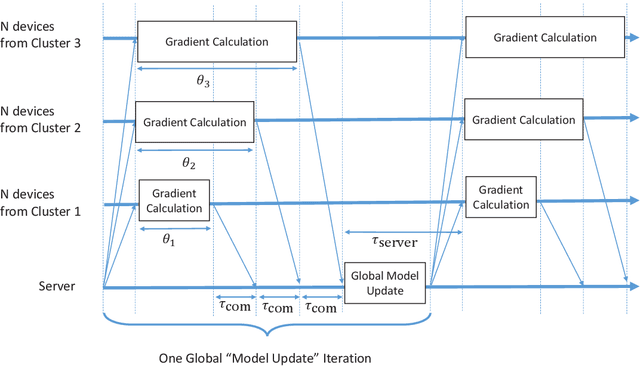
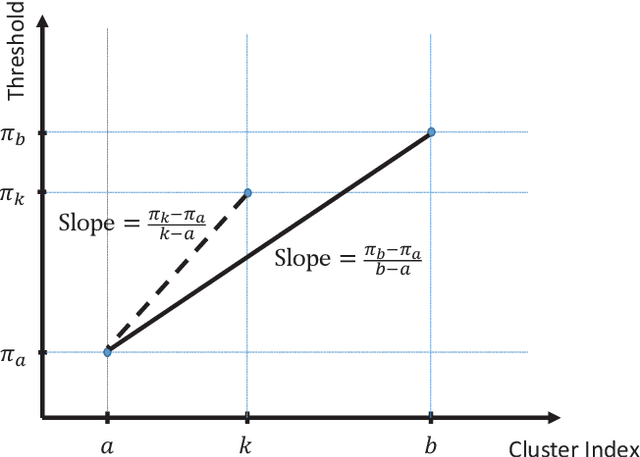
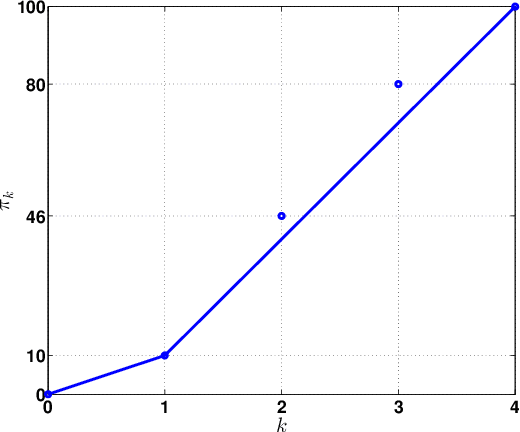
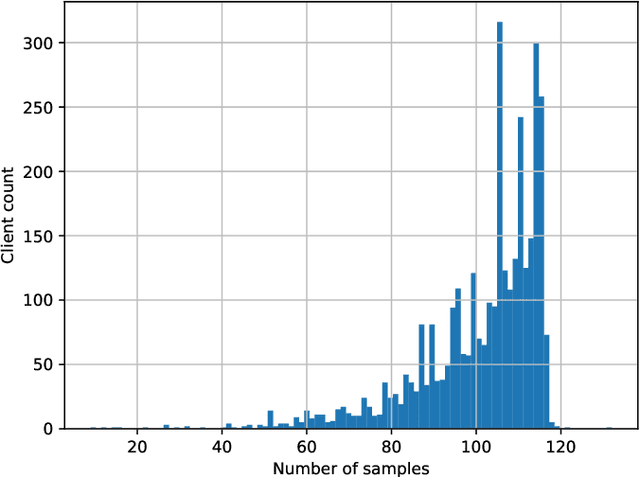
Abstract:This paper proposes using communication pipelining to enhance the wireless spectrum utilization efficiency and convergence speed of federated learning in mobile edge computing applications. Due to limited wireless sub-channels, a subset of the total clients is scheduled in each iteration of federated learning algorithms. On the other hand, the scheduled clients wait for the slowest client to finish its computation. We propose to first cluster the clients based on the time they need per iteration to compute the local gradients of the federated learning model. Then, we schedule a mixture of clients from all clusters to send their local updates in a pipelined manner. In this way, instead of just waiting for the slower clients to finish their computation, more clients can participate in each iteration. While the time duration of a single iteration does not change, the proposed method can significantly reduce the number of required iterations to achieve a target accuracy. We provide a generic formulation for optimal client clustering under different settings, and we analytically derive an efficient algorithm for obtaining the optimal solution. We also provide numerical results to demonstrate the gains of the proposed method for different datasets and deep learning architectures.
Robust and Fast Automatic Modulation Classification with CNN under Multipath Fading Channels
Nov 12, 2019
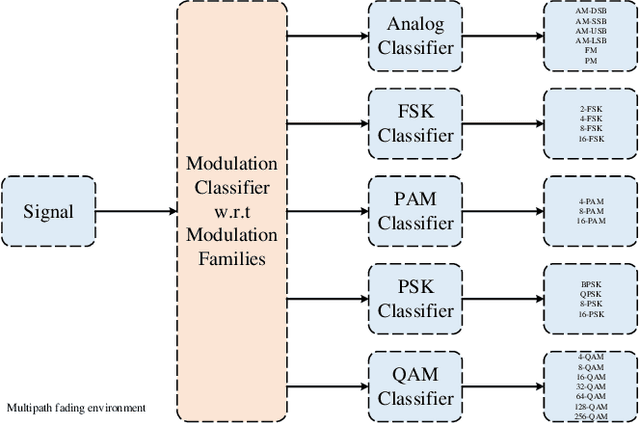
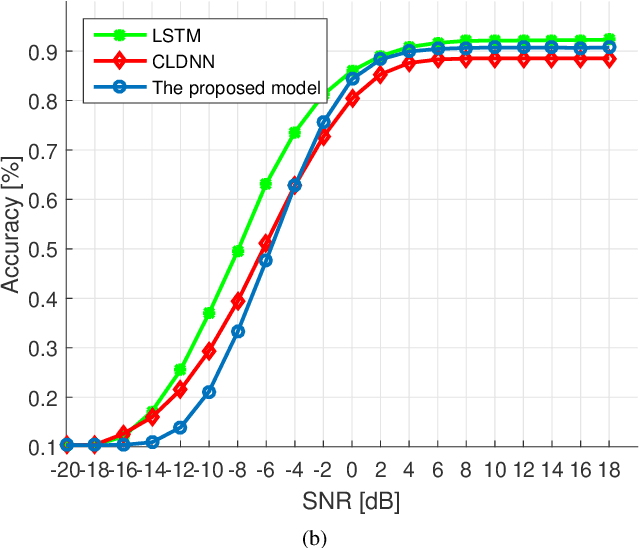

Abstract:Automatic modulation classification (AMC) has been studied for more than a quarter of a century; however, it has been difficult to design a classifier that operates successfully under changing multipath fading conditions and other impairments. Recently, deep learning (DL)-based methods are adopted by AMC systems and major improvements are reported. In this paper, a novel convolutional neural network (CNN) classifier model is proposed to classify modulation classes in terms of their families, i.e., types. The proposed classifier is robust against realistic wireless channel impairments and in relation to that when the data sets that are utilized for testing and evaluating the proposed methods are considered, it is seen that RadioML2016.10a is the main dataset utilized for testing and evaluation of the proposed methods. However, the channel effects incorporated in this dataset and some others may lack the appropriate modeling of the real-world conditions since it only considers two distributions for channel models for a single tap configuration. Therefore, in this paper, a more comprehensive dataset, named as HisarMod2019.1, is also introduced, considering real-life applicability. HisarMod2019.1 includes 26 modulation classes passing through the channels with 5 different fading types and several numbers of taps for classification. It is shown that the proposed model performs better than the existing models in terms of both accuracy and training time under more realistic conditions. Even more, surpassed their performance when the RadioML2016.10a dataset is utilized.
 Add to Chrome
Add to Chrome Add to Firefox
Add to Firefox Add to Edge
Add to Edge